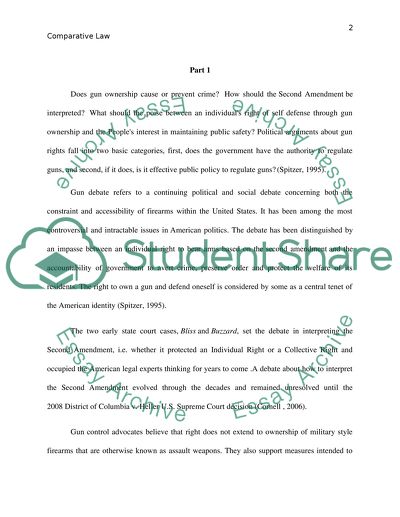Cite this document
(“Comparative Law Essay Example | Topics and Well Written Essays - 2250 words”, n.d.)
Comparative Law Essay Example | Topics and Well Written Essays - 2250 words. Retrieved from https://studentshare.org/law/1435065-comparative-law
Comparative Law Essay Example | Topics and Well Written Essays - 2250 words. Retrieved from https://studentshare.org/law/1435065-comparative-law
(Comparative Law Essay Example | Topics and Well Written Essays - 2250 Words)
Comparative Law Essay Example | Topics and Well Written Essays - 2250 Words. https://studentshare.org/law/1435065-comparative-law.
Comparative Law Essay Example | Topics and Well Written Essays - 2250 Words. https://studentshare.org/law/1435065-comparative-law.
“Comparative Law Essay Example | Topics and Well Written Essays - 2250 Words”, n.d. https://studentshare.org/law/1435065-comparative-law.


